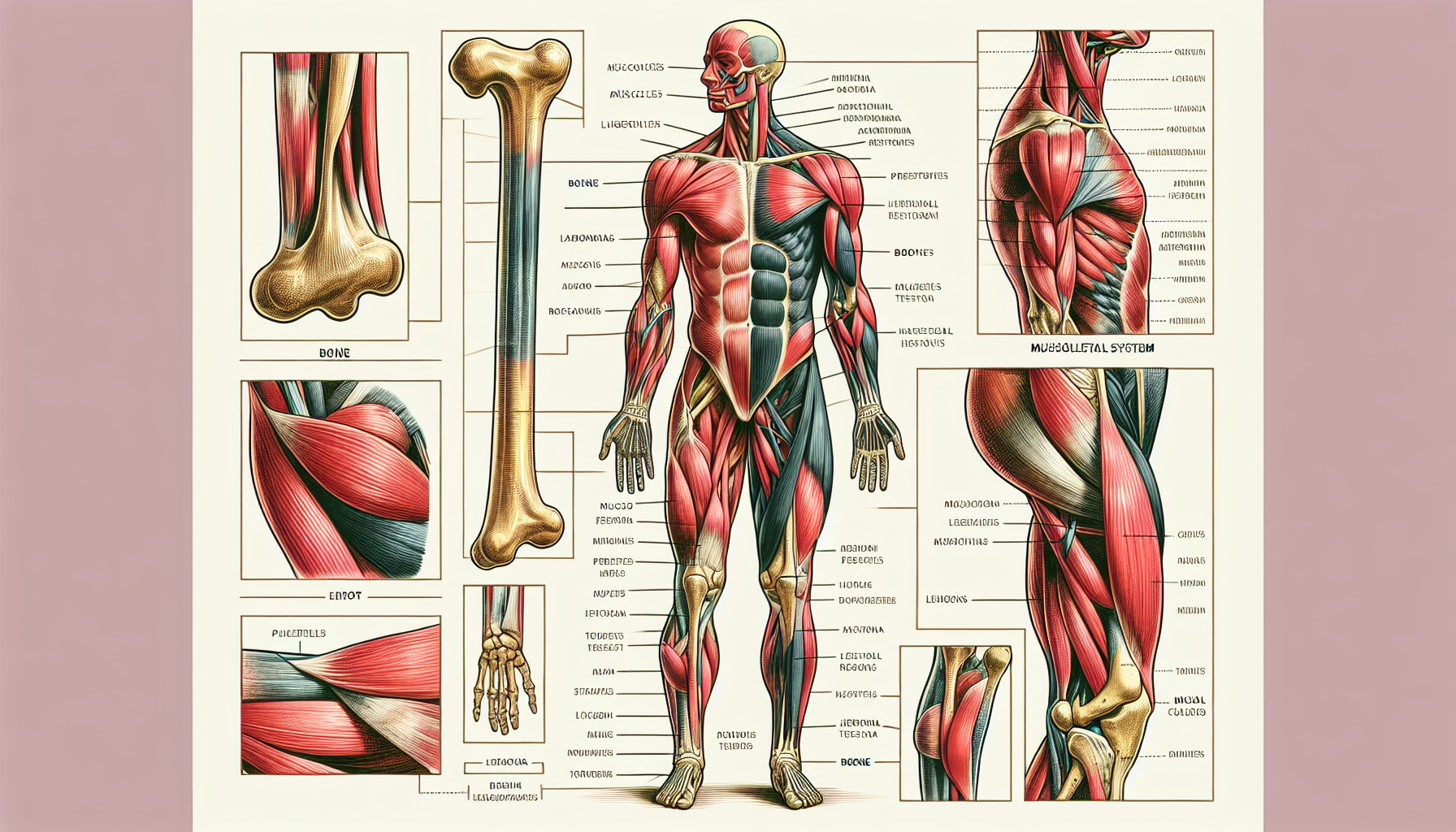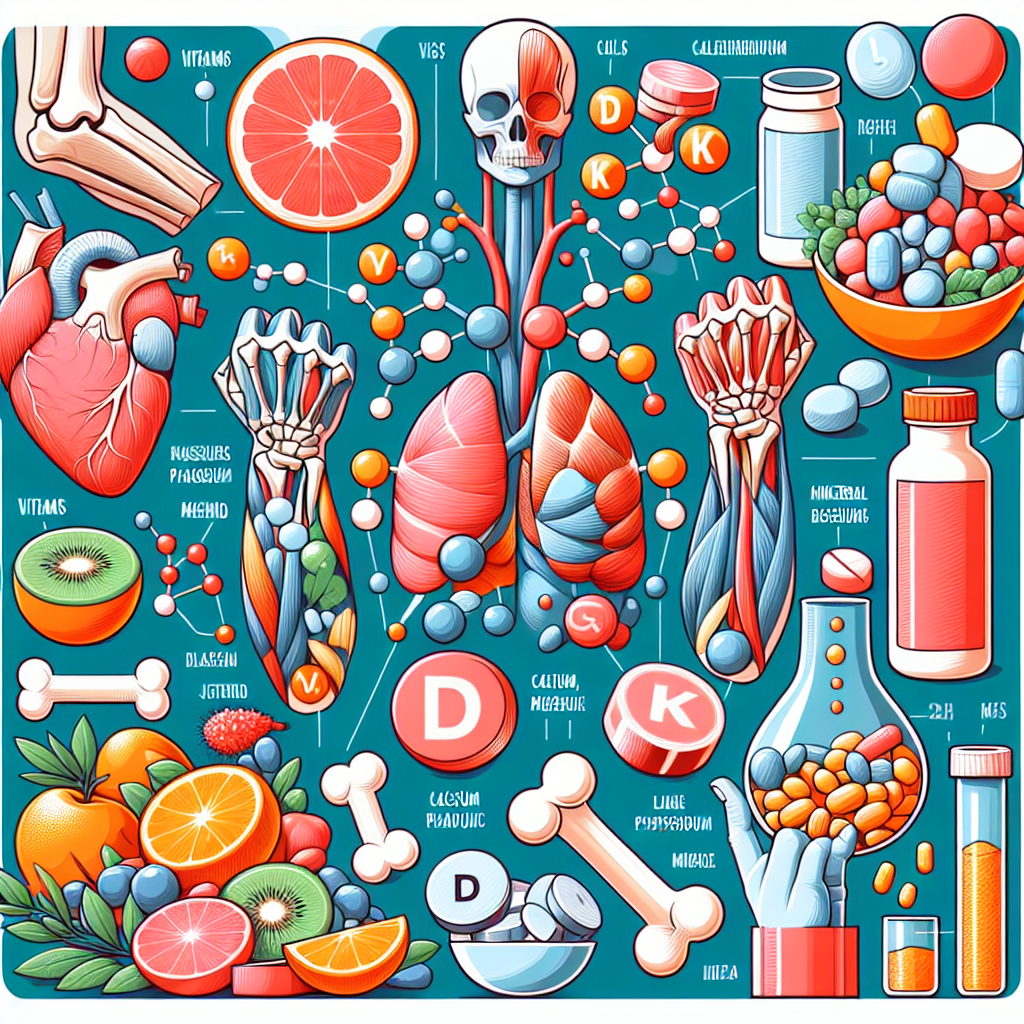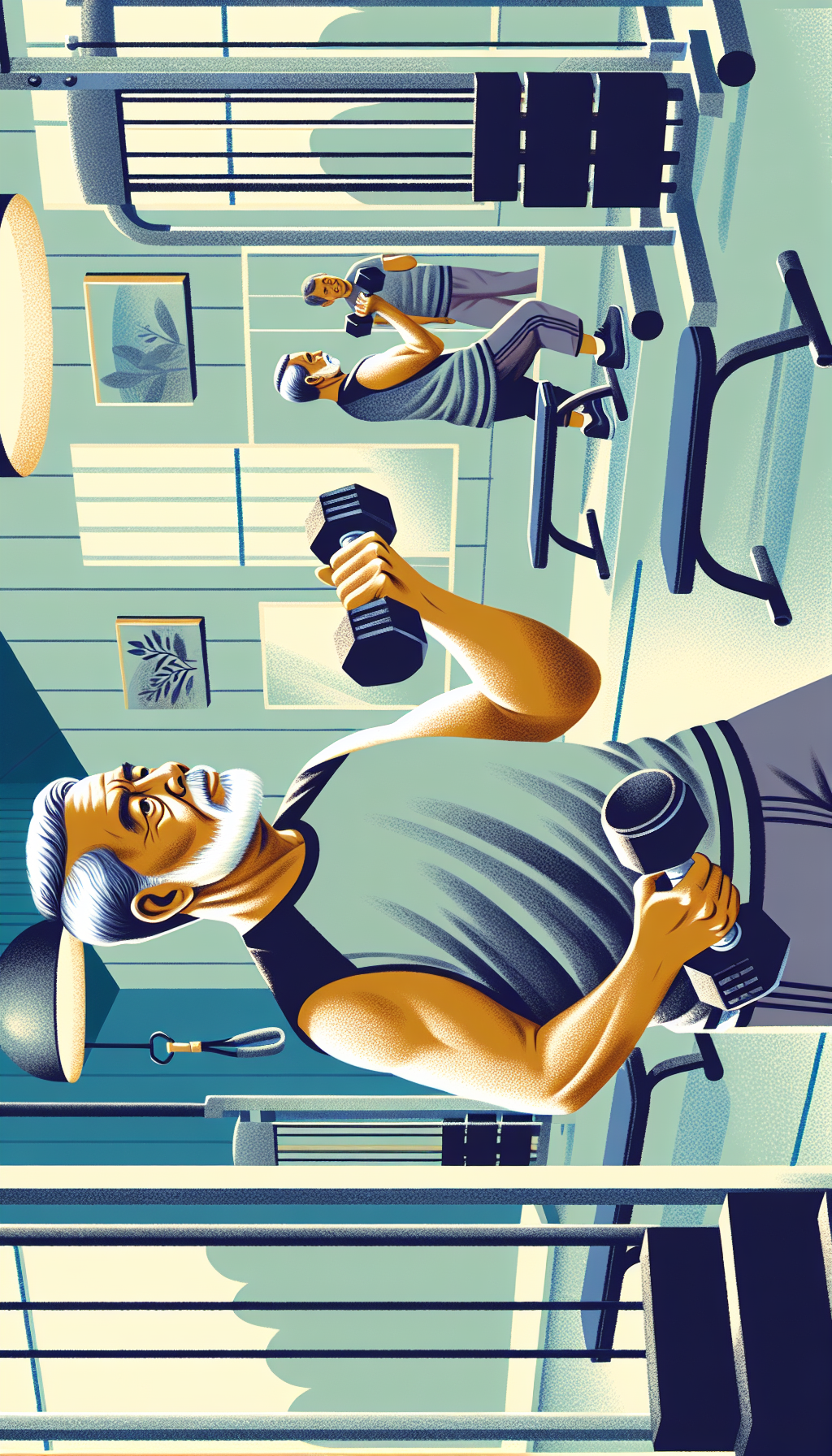Muscle strength is not only vital for daily activities and athletic performance but also plays a crucial role in maintaining bone integrity. The intricate relationship between our muscles and bones is fundamental to our overall health, influencing everything from our mobility to our risk of injury.
The Symbiotic Relationship Between Muscle and Bone
Bones and muscles form a symbiotic relationship, where each influences the growth and health of the other. The mechanical load and stresses that muscles exert on bones during physical activity stimulate bone formation and remodeling, a process where old bone tissue is replaced by new tissue. Strong muscles, therefore, contribute to stronger bones, reducing the risk of fractures and osteoporosis.
For those interested in understanding this relationship further, Avix Health’s article on fitness provides valuable insights into how an active lifestyle benefits our musculoskeletal system.
Muscle Strength and Bone Density
Muscle contractions pull on tendons, which in turn pull on bones, causing stress that leads to increased bone density. Resistance training, such as weight lifting, is particularly effective at enhancing bone density because it focuses on muscle strengthening exercises that apply stress to the bones. This stress signals the body to deposit more minerals into the bones, thus increasing their density and strength.
Further reading on the relationship between bone density and systemic health can be found in the article, "The Connection Between Bone Density and Blood Pressure," which explores how bone health can impact cardiovascular health.
Role of Nutrition in Muscle and Bone Health
A diet rich in calcium and vitamin D is essential for healthy bones, but it also supports muscle function. These nutrients work in tandem, with calcium aiding in muscle contractions and vitamin D ensuring proper calcium absorption. Additionally, protein intake is critical for both muscle repair and bone health.
Those looking to delve into the nutritional strategies can refer to "Dietary Strategies to Improve Bone Mineral Density," which offers a comprehensive guide on how to nourish bones effectively.
The Risk of Muscle Atrophy on Bone Integrity
Muscle atrophy, or muscle wasting, can have a significant negative impact on bone integrity. When muscles are not regularly engaged in physical activity, they lose strength and mass. This decrease in muscle mass reduces the mechanical stress on bones, which can lead to a decrease in bone density over time.
For a deeper understanding of the risks associated with muscle atrophy and bone health, the resource "Preventing Bone Density Loss with Age" offers valuable information on how to maintain bone density as we grow older.
The Impact of Aging on Muscle and Bone Health
As we age, our bodies naturally begin to lose muscle mass and bone density, a condition known as sarcopenia and osteopenia, respectively. This makes the elderly particularly susceptible to fractures and other injuries. Engaging in regular physical activity, including strength training and weight-bearing exercises, is one of the most effective ways to combat these age-related changes.
For additional insights on managing bone health in the face of aging, consider reading The Role of Exercise in Preventing Bone Loss, which emphasizes the importance of physical activity for older adults.
External Resources for Further Information
To further explore the importance of muscle strength for bone health, consider these niche and specific resources:
- The National Institute of Arthritis and Musculoskeletal and Skin Diseases provides detailed information on how to keep your bones healthy, including the impact of muscle strength on bone integrity.
- The International Osteoporosis Foundation offers educational materials and research on bone health, including the significance of muscle mass in preventing osteoporosis.
- The American College of Sports Medicine features guidelines and recommendations on exercise prescriptions for enhancing muscle strength and, consequently, bone health.
Conclusion
The health of our muscles and bones is interconnected, with muscle strength playing a pivotal role in maintaining bone integrity. Through proper nutrition, regular physical activity, and resistance training, individuals can ensure their musculoskeletal system remains robust and resilient against age-related decline and diseases like osteoporosis. It is clear that muscle strength is not just about physical prowess but is a fundamental component of our overall health and well-being. By continuing to educate ourselves using the resources available and integrating strength training into our routines, we can support our bone health and lead a more active, injury-free life.



